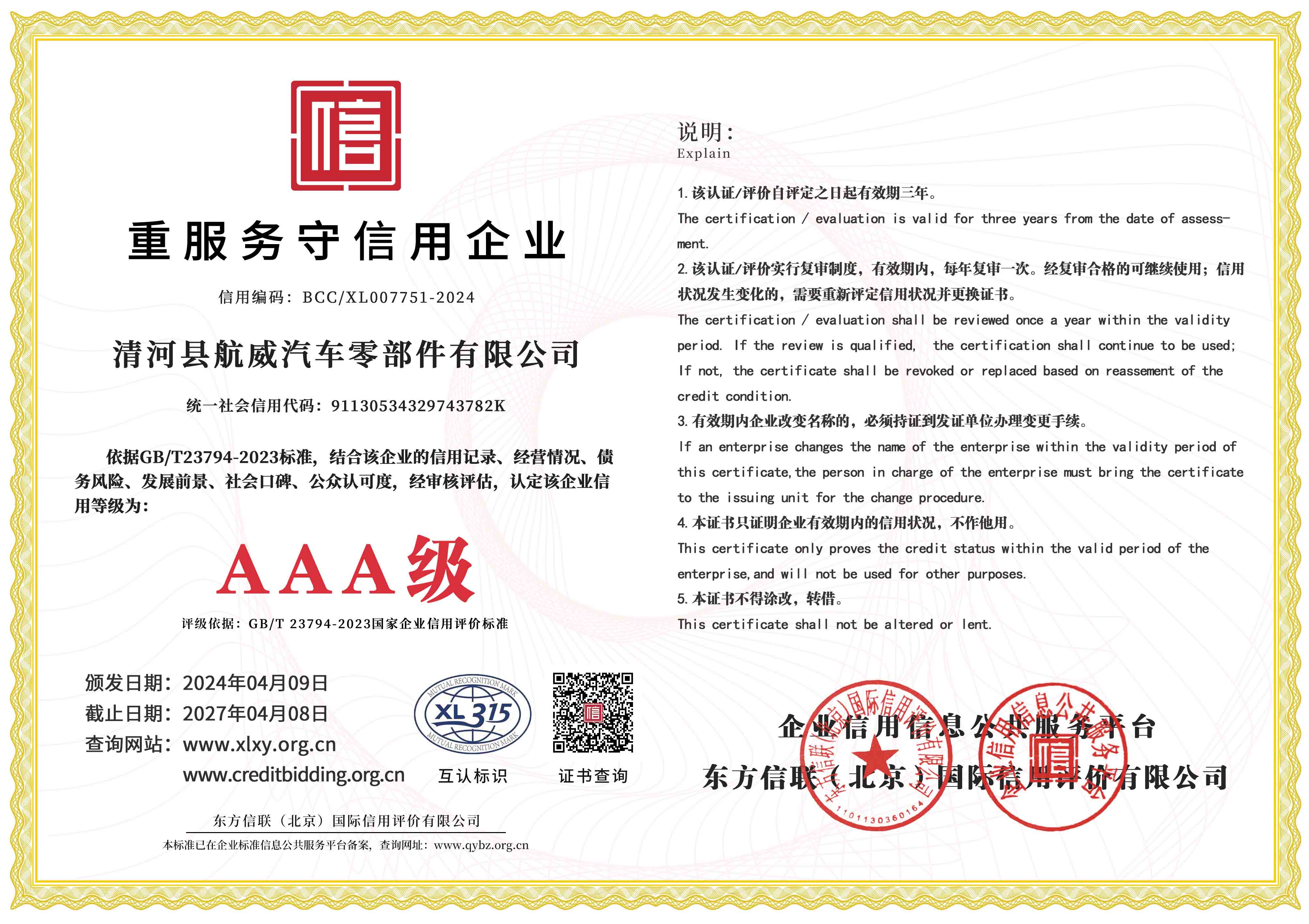derailleur assembly
Understanding Derailleur Assembly A Key Component in Modern Bicycles
The derailleur assembly is a critical component in modern bicycles, serving as the mechanism that allows cyclists to change gears seamlessly. This intricate assembly consists of various parts working together to enhance riding efficiency and adjust the bike's gearing system. Understanding its components and functionality can aid both novices and seasoned cyclists in maintaining and troubleshooting their bicycles.
What is a Derailleur?
At its core, a derailleur is a device that moves the bike's chain between different gears, allowing for a range of gearing ratios. There are two primary types of derailleurs the front derailleur, which shifts the chain between different chainrings at the front, and the rear derailleur, responsible for shifting the chain across the cassette at the back wheel.
The Components of a Derailleur Assembly
1. Cage The cage is the part that holds the chain in position. The rear derailleur typically has two arms—an upper and a lower arm—that form the cage, providing the necessary tension and alignment for smooth shifting.
2. Pulleys The derailleur features two pulleys known as jockey wheels. The upper pulley guides the chain onto the correct gear, while the lower pulley maintains chain tension. These pulleys often have sealed bearings to reduce friction and increase efficiency.
3. Spring Mechanism A series of springs within the derailleur help the unit maintain tension and return to its original position after shifting. This mechanism also aids in keeping the chain taut, reducing the risk of slippage during pedaling.
4. Limit Screws These screws adjust the range of movement for the derailleur, preventing the chain from going beyond the smallest or largest gear. Properly setting these screws is crucial during installation to ensure optimal performance and avoid potential damage to the bike.
5. Cable and Housing The derailleur is operated by a shift cable, which is pulled or released by the shifters on the handlebars. When a cyclist shifts gears, the tension in the cable changes, causing the derailleur to move accordingly. The housing protects the cable from dirt and debris, ensuring smooth operation.
Assembly and Adjustments
Assembling and adjusting a derailleur requires precision and attention to detail
. Here’s a step-by-step guide1. Installing the Derailleur Begin by securing the derailleur onto the bike frame, ensuring that it’s aligned properly with the corresponding gears. Use the appropriate tools to fasten it securely.
derailleur assembly

2. Setting the Limit Screws Adjust the high and low limit screws to define the maximum movement of the derailleur. This step is crucial to prevent the chain from falling off the gears.
3. Attaching the Cable Connect the shift cable to the derailleur and adjust the tension to ensure that the derailleur moves smoothly when the shifter is activated.
4. Fine-tuning the Position Shift through all the gears to check the alignment. Make minor adjustments to the limit screws or cable tension as necessary.
5. Testing Finally, take the bike for a test ride to ensure that the transitions between gears are smooth and responsive.
Maintenance Tips
To keep the derailleur assembly in optimal condition, regular maintenance is key. Here are some tips
- Regular Cleaning Dirt and grime can accumulate in the derailleur, affecting its performance. Clean the assembly frequently using a degreaser and a soft cloth.
- Lubrication Ensure that the pulleys and springs are properly lubricated. However, avoid over-lubricating, as this can attract dirt.
- Cable Inspection Regularly check the shift cable for fraying or wear. Replace it at the first signs of damage to maintain effective shifting.
- Alignment Checks Periodically inspect the alignment of the derailleur. A misaligned derailleur can lead to poor shifting performance and increased wear on the components.
Conclusion
In conclusion, the derailleur assembly is an essential part of a modern bicycle, allowing for the efficient transmission of power through variable gearing. Understanding its components, assembly, and maintenance can significantly enhance a cyclist's experience and prolong the lifespan of their bike. Whether you're a casual rider or a serious cyclist, mastering the derailleur assembly will ensure smoother rides and more enjoyable cycling adventures.
-
Workings of Clutch Pipe and Hose SystemsNewsJun.04,2025
-
The Inner Workings of Hand Brake Cable SystemsNewsJun.04,2025
-
The Secrets of Throttle and Accelerator CablesNewsJun.04,2025
-
The Hidden Lifeline of Your Transmission Gear Shift CablesNewsJun.04,2025
-
Demystifying Gear Cables and Shift LinkagesNewsJun.04,2025
-
Decoding Clutch Line Systems A Comprehensive GuideNewsJun.04,2025
